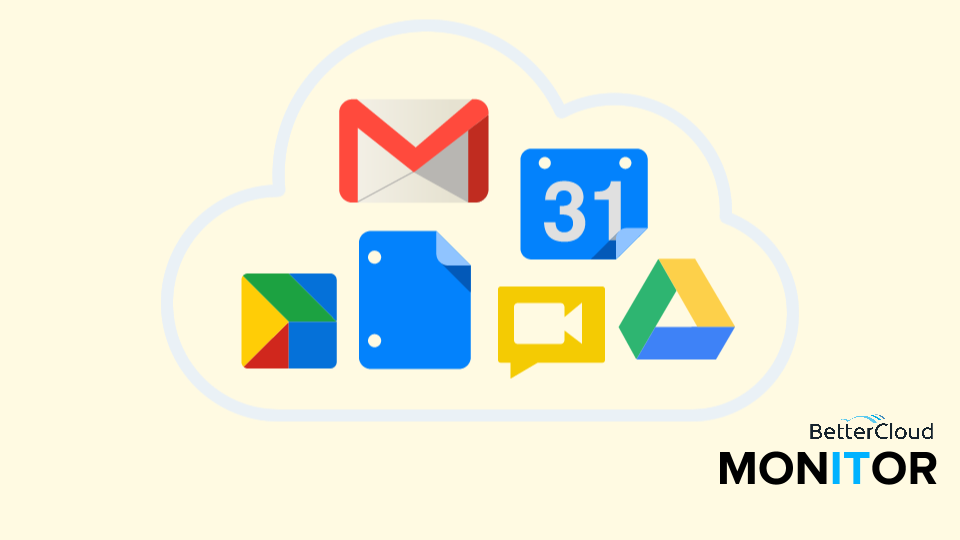Google Drive vs File Server
2 minute read

Google Drive is a file system of user-owned files / folders that are mapped in a web-like structure to other user accounts via Google’s sharing permissions.
Unlike a traditional file server hierarchy in which all files and folders fall under the central “Network” Domain File Server, Google Drive files and folders are created similar to how a user would create a personal document on their local hard drive. Users then have the option to share files and folders with others through Google’s sharing permissions.
The extent a user is able to share files in Google Drive is managed by Administrators via the Google Apps Admin console. If you’d like more granular control over users’ sharing permissions, explore third-party applications like BetterCloud.
Google Drive’s user-driven permission structure is not a 1-to-1 match to the file server permissions structure and often a paradigm shift from the traditional security methods IT admins are used to. However, IT administrators that are able to help their organizations adapt to this structure are able to see a reduction in time managing files and documents and an increase in employee collaboration in which the Google Drive platform seeks to provide.
Why move your company’s file server to Google Drive?
- Low cost in comparison to maintaining and managing an on-premise file server
- Ability to securely access company files without VPN or being within the network
- Accessing documents from tablets, mobile and other devices
- Flexible and inexpensive storage space
- Ability to access company files from multiple devices (PC, MAC, iOS, Android, RIM, Windows)
- Multi-tenant cloud backup with files distributed across multiple strategically geo located data centers for disaster recovery
Why NOT move your company’s file server to Google Drive?
- Reliance on frequent team updates to files on the network that require the SharePoint check in/out functionality or the network “read only” function in order to control versioning. Given these documents can not be transferred to the native Google Docs format for organizational or technical reasons (Google Docs real-time collaboration).
- The need to restrict access to documents to only on-premise network access
Google Drive won’t be the right fit for every organization, but the vast majority will find Drive boosts efficiency and collaboration while also saving money. If you’re interested in using Google Drive for your organization, but want to maintain the same structure found in your File Server, check out our complete guide.
This article is Part 1 of Google Gooru’s Comprehensive Guide to Moving a File Server to Google Drive. To access the entire guide for FREE, please fill out the form located here.





